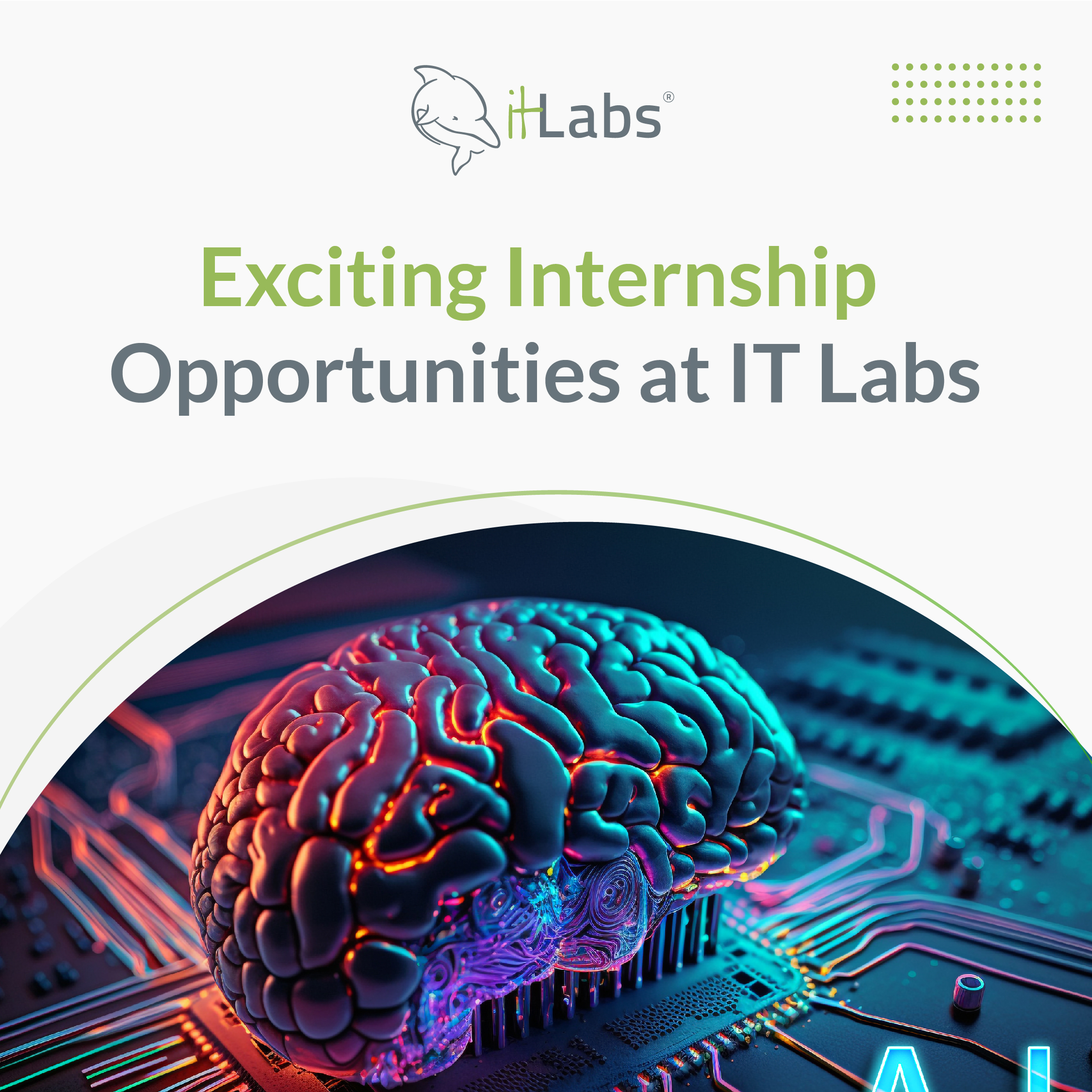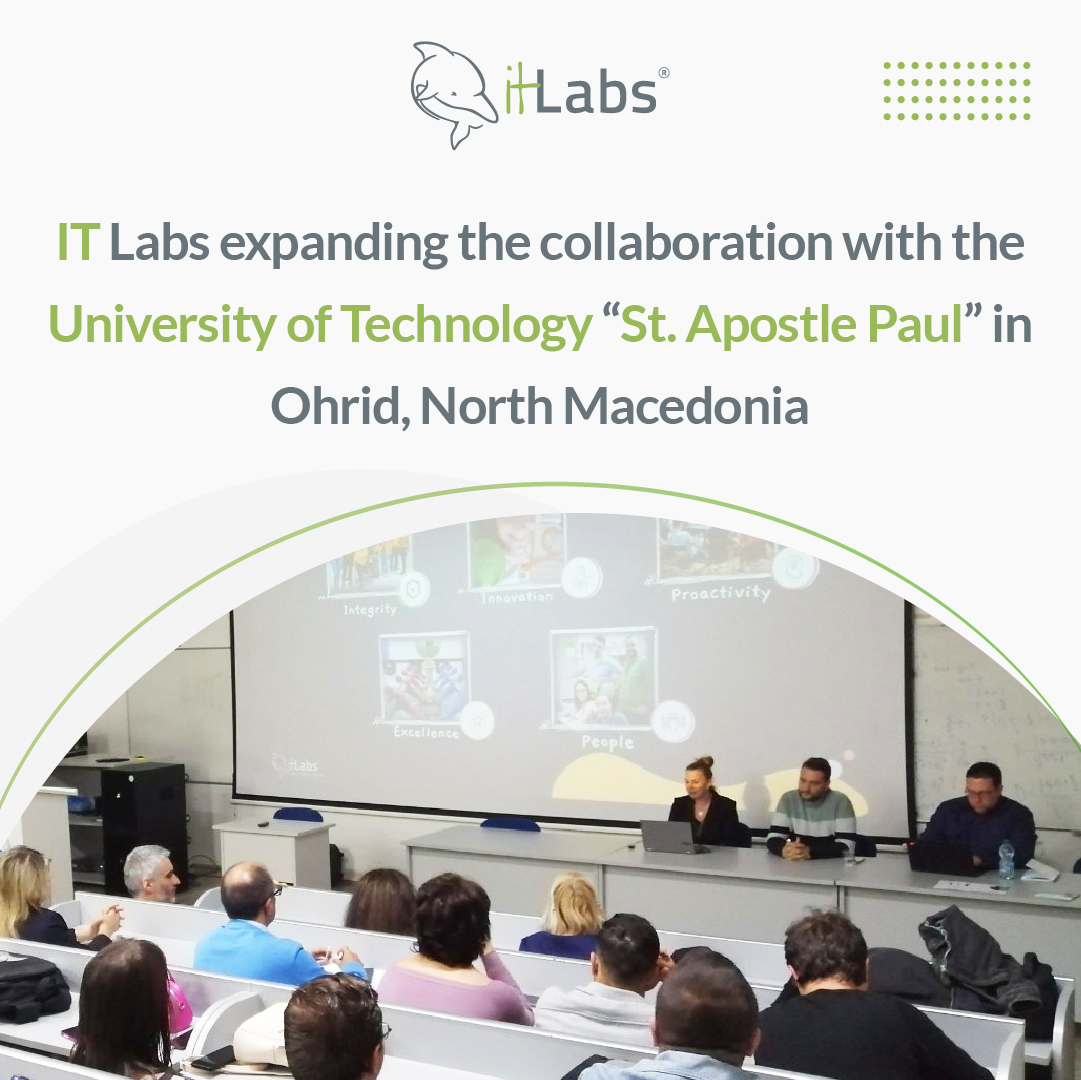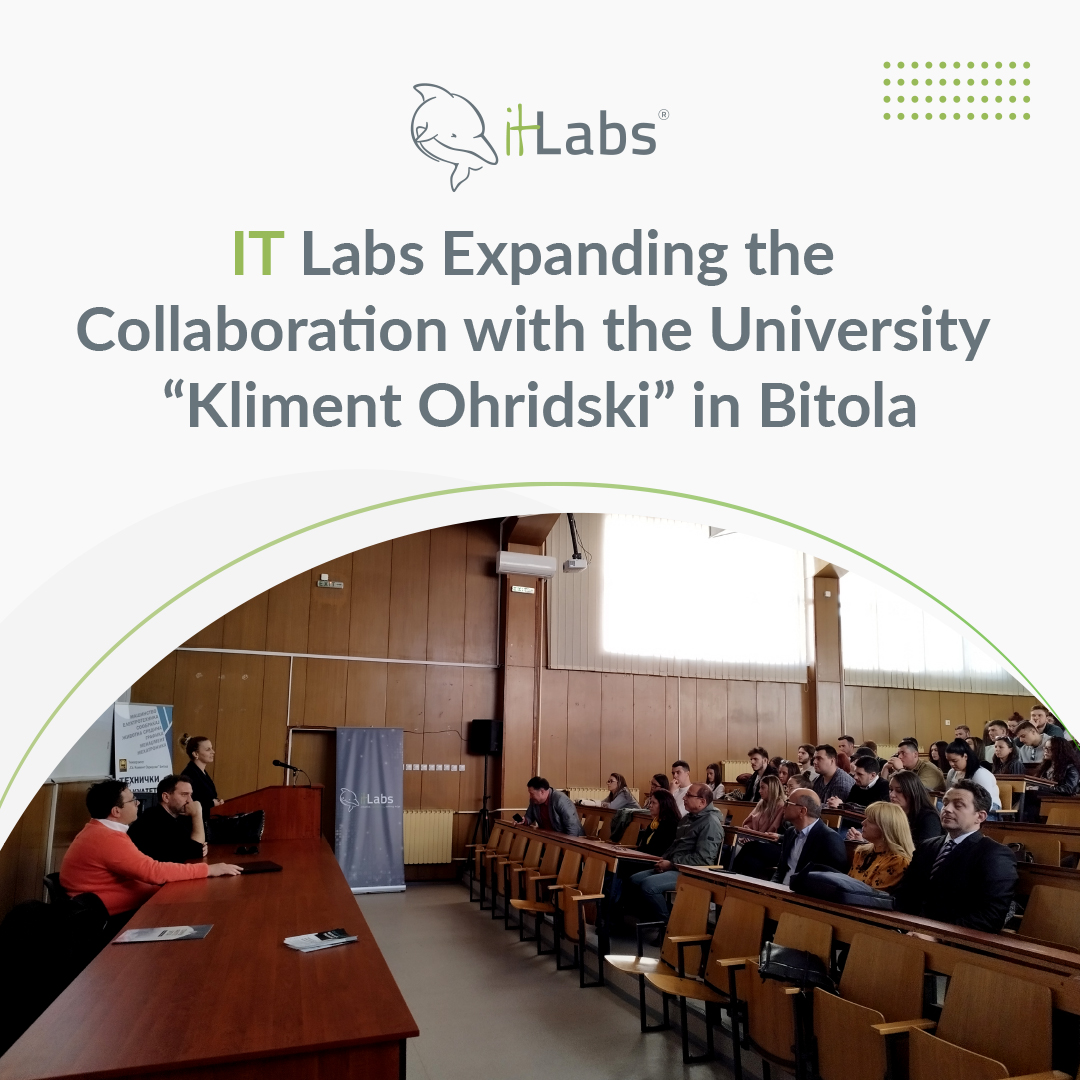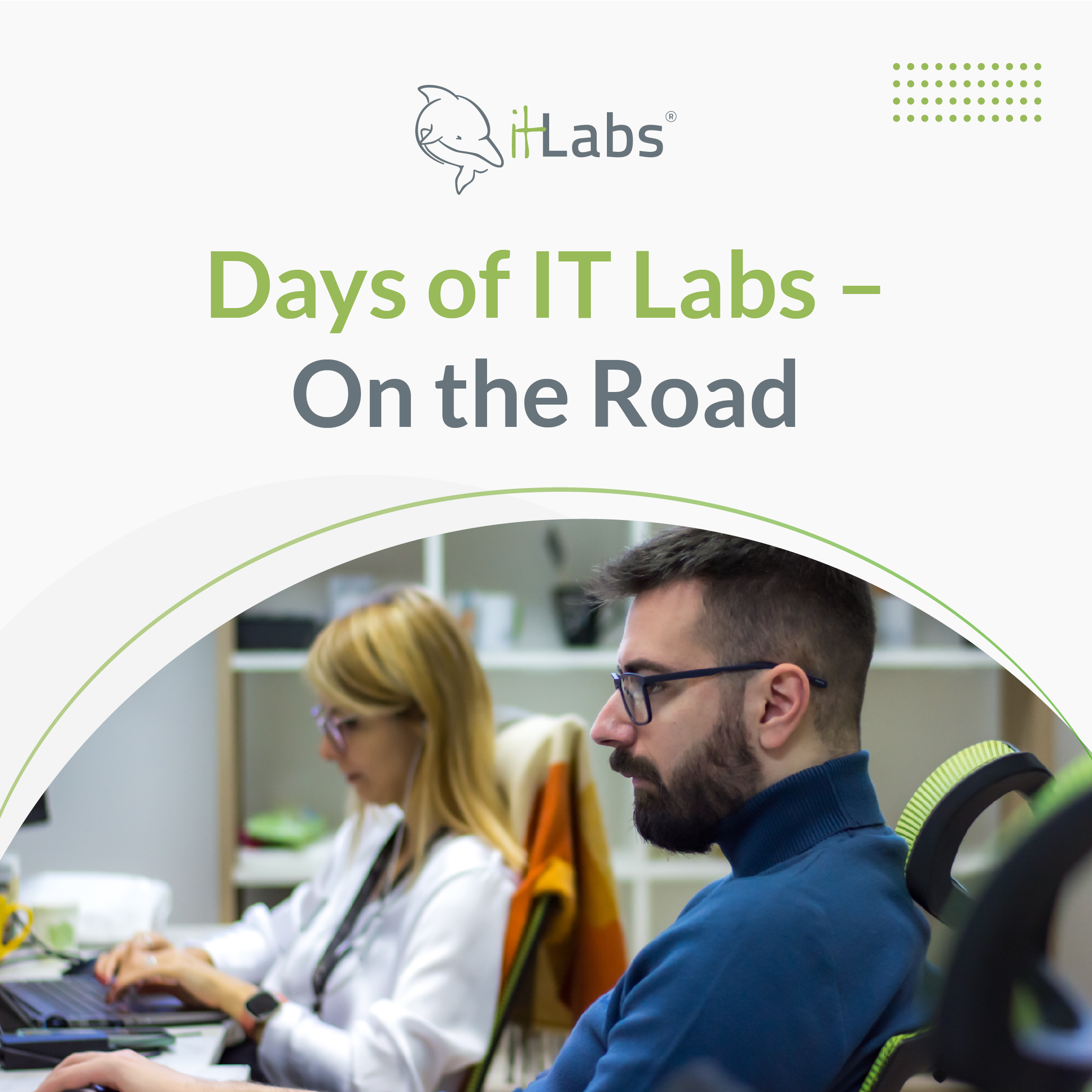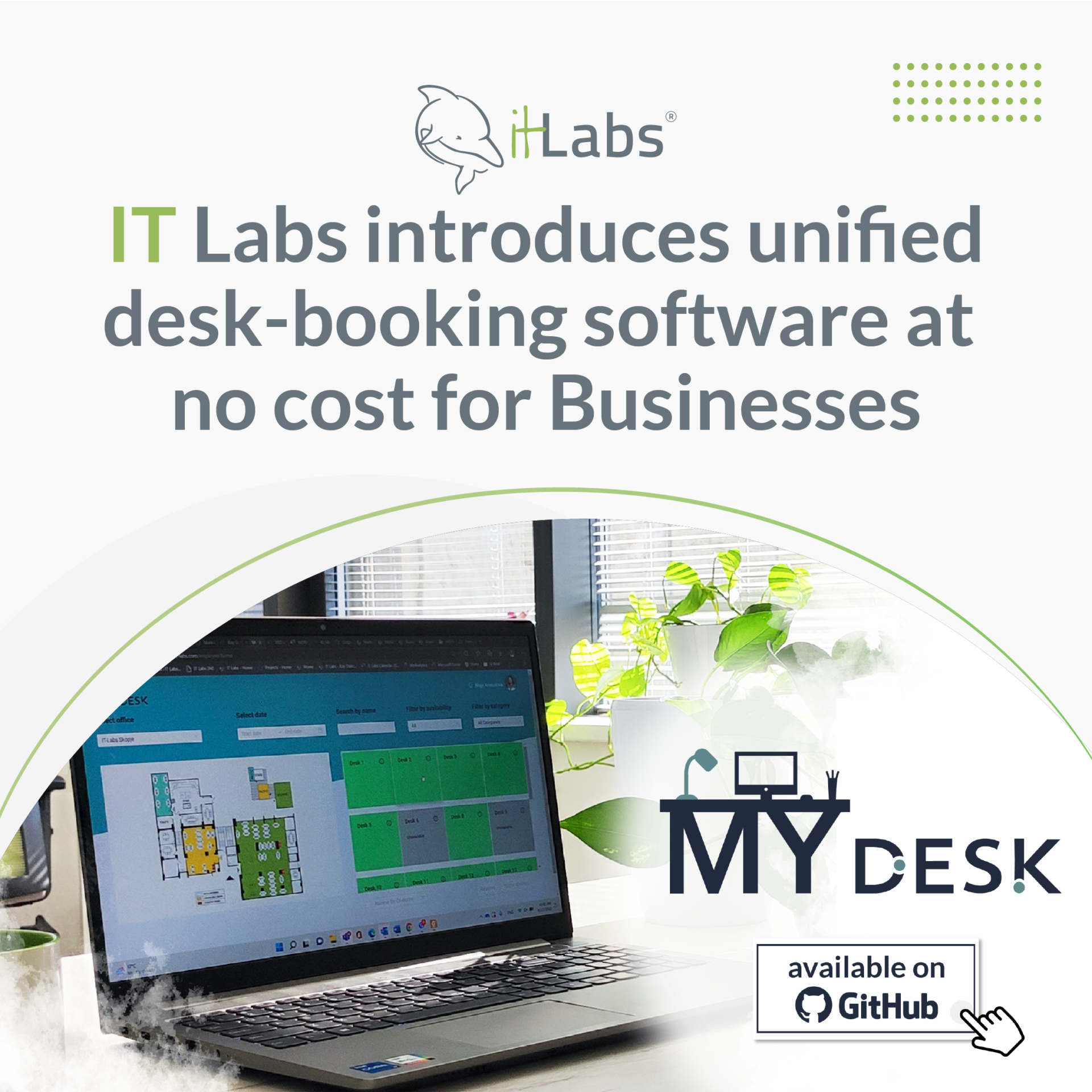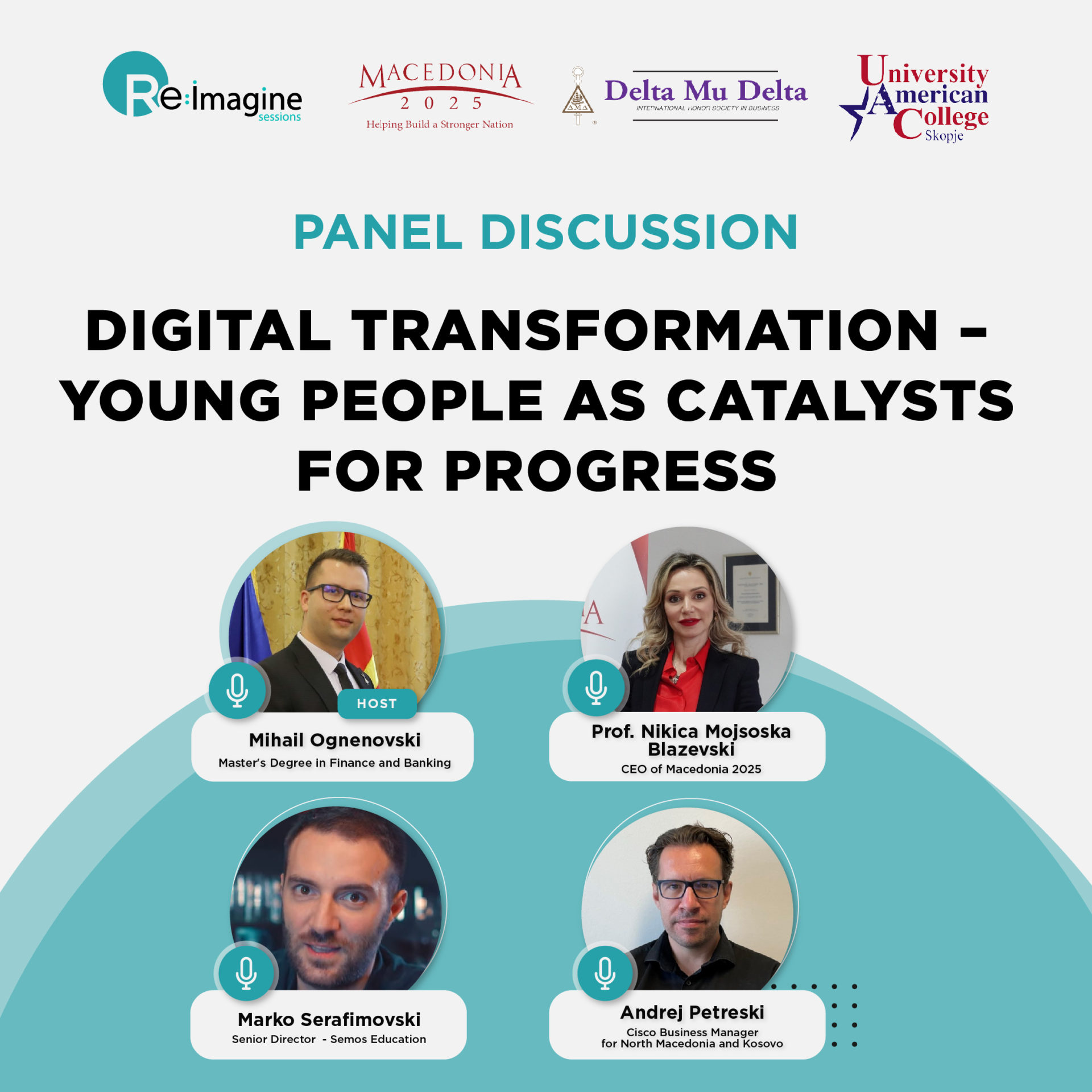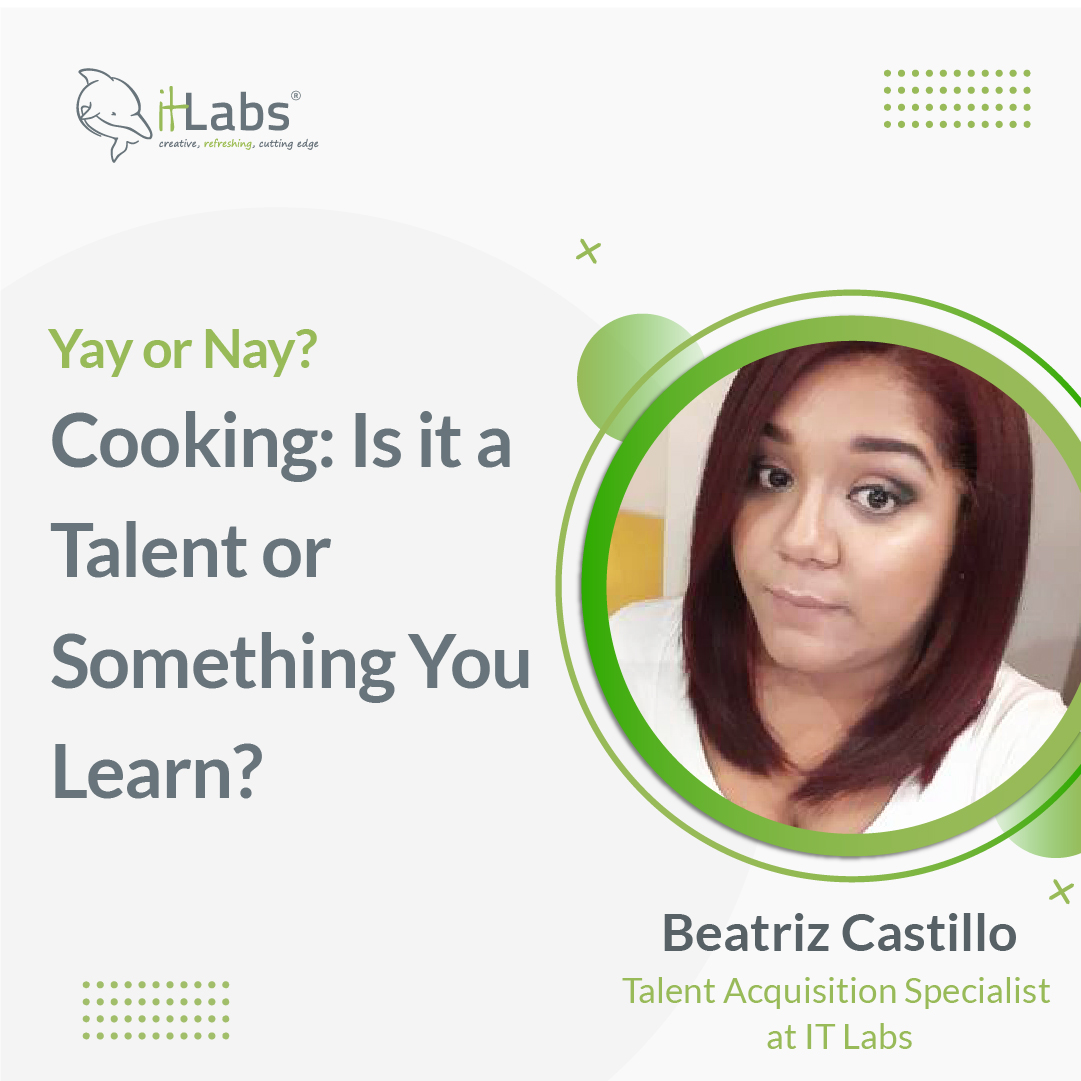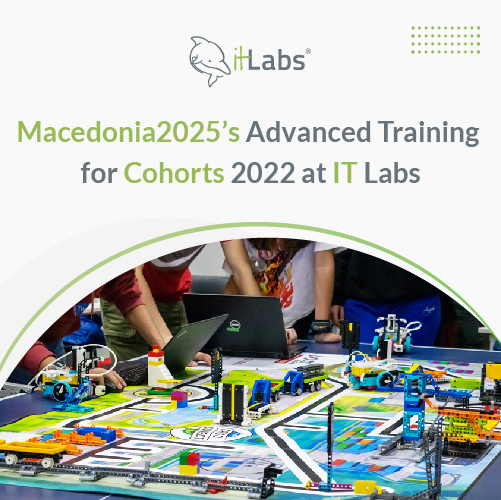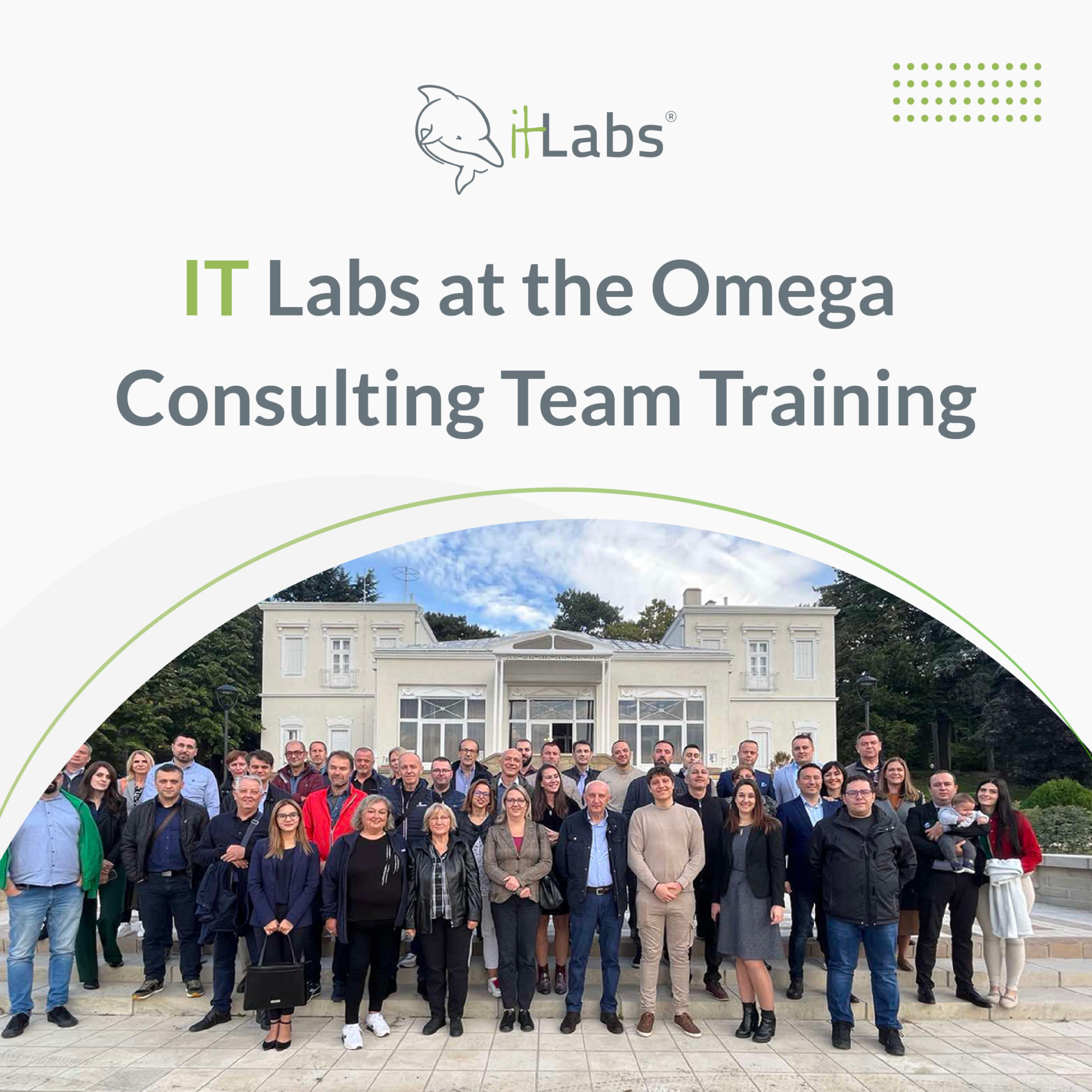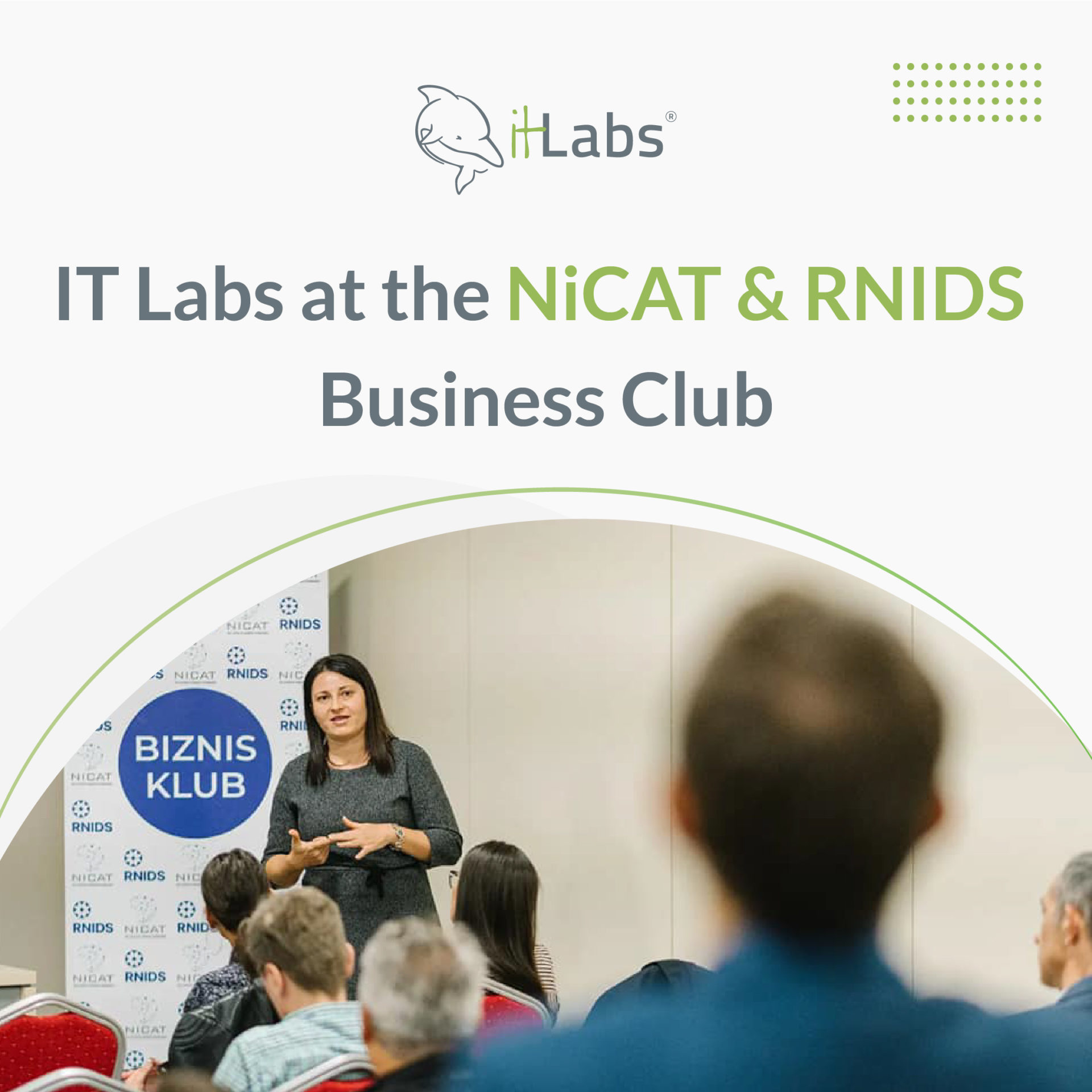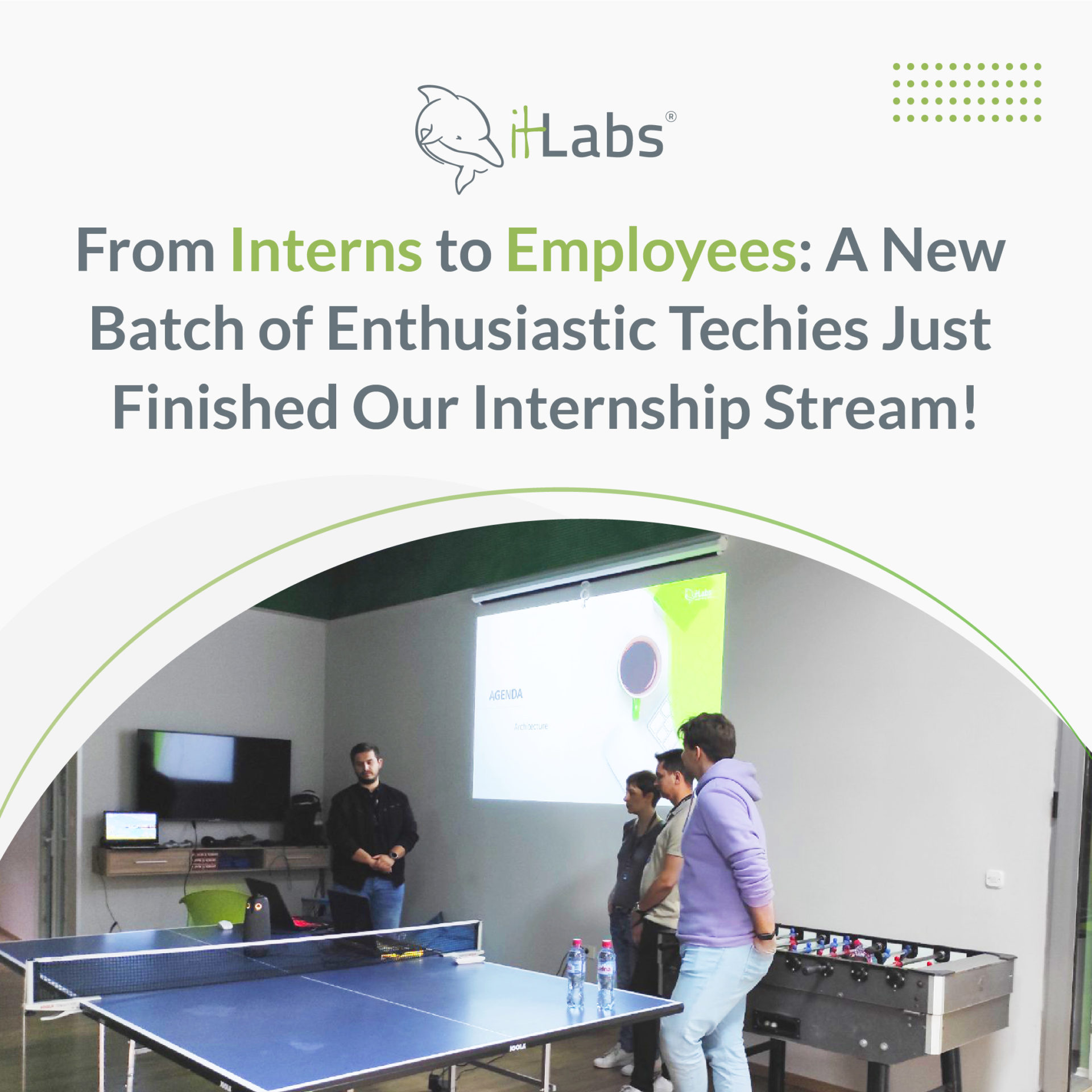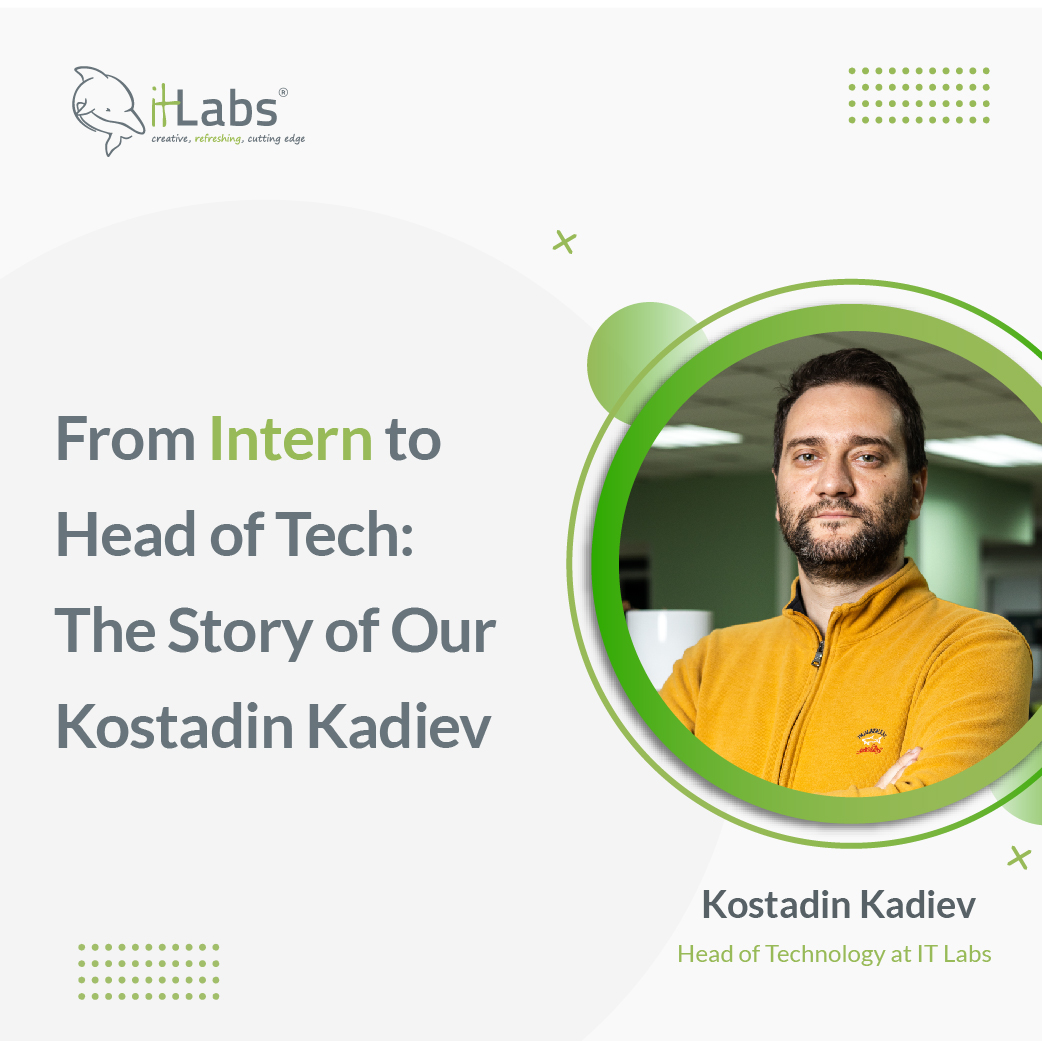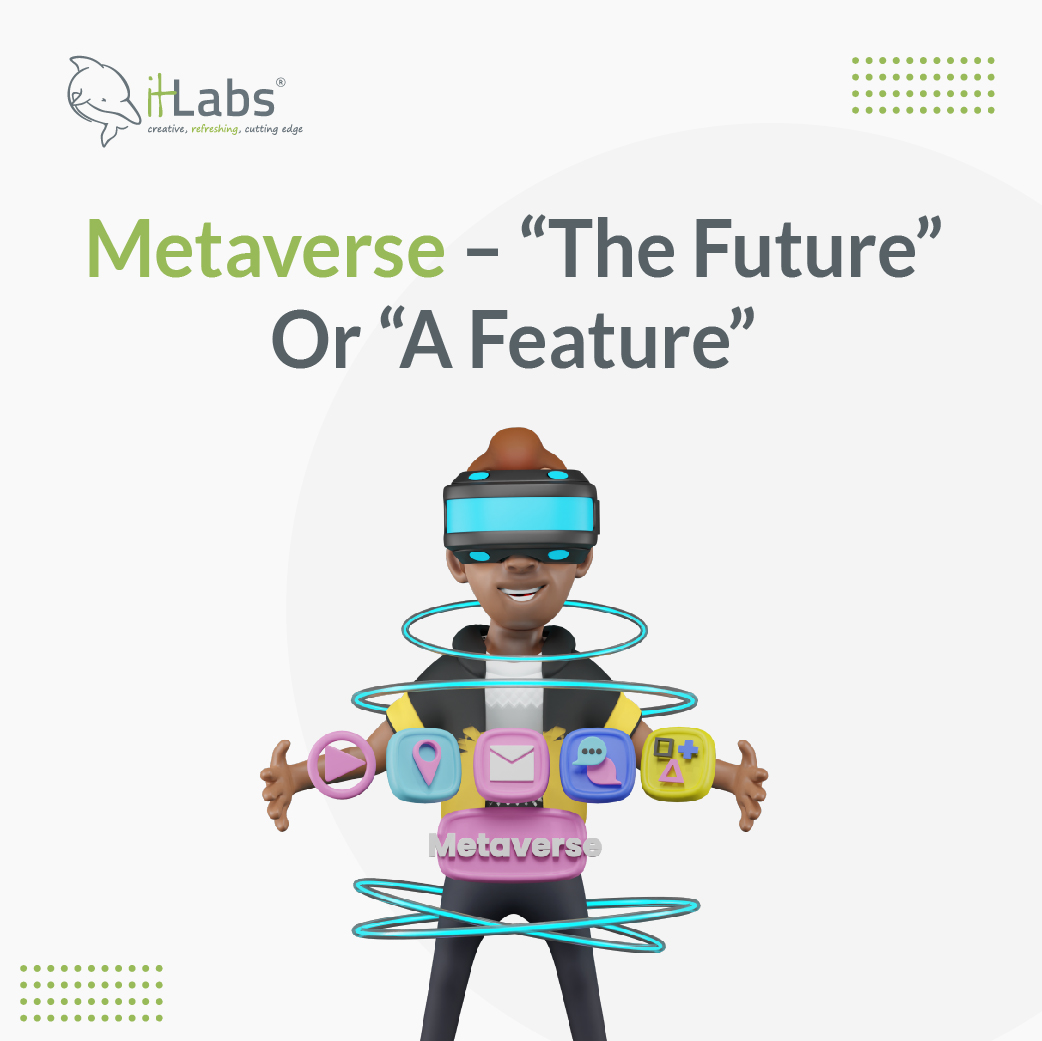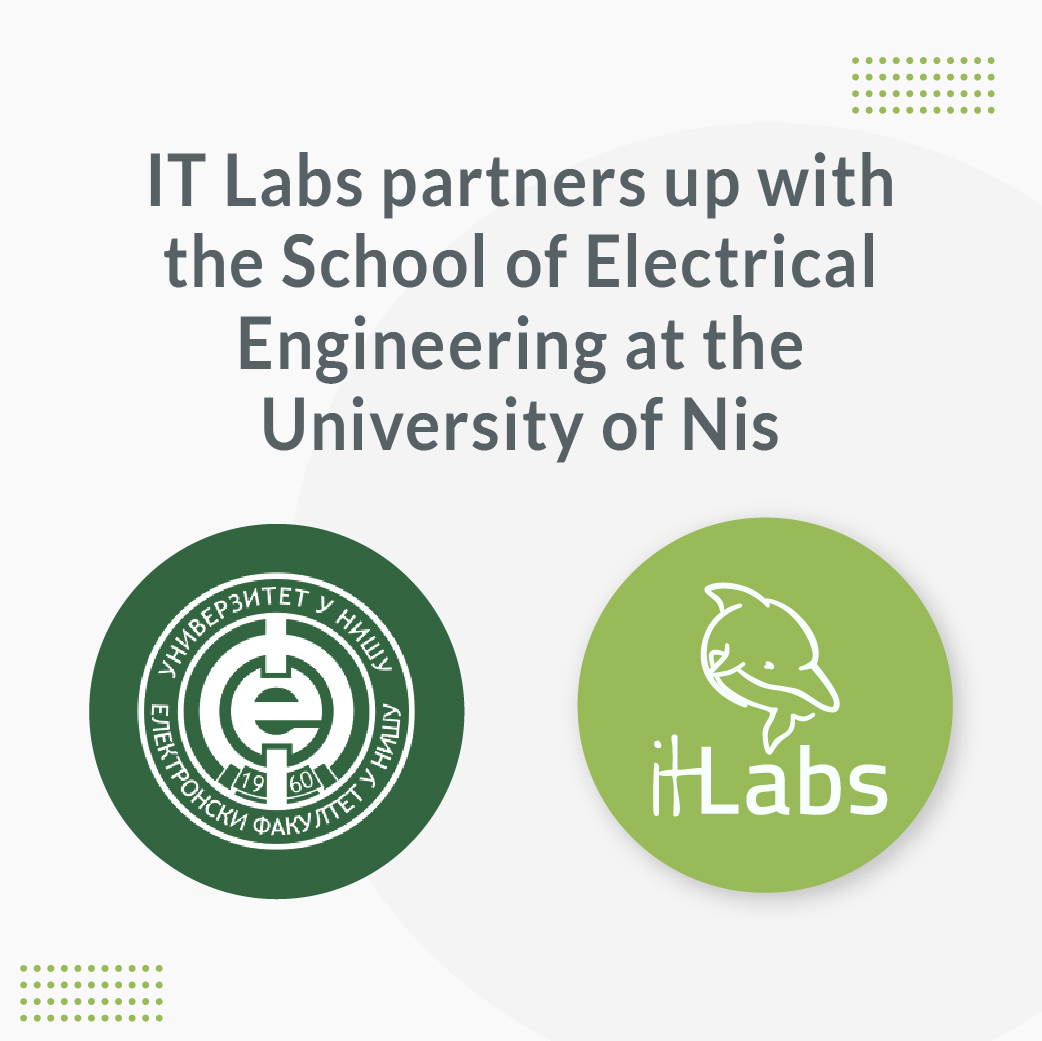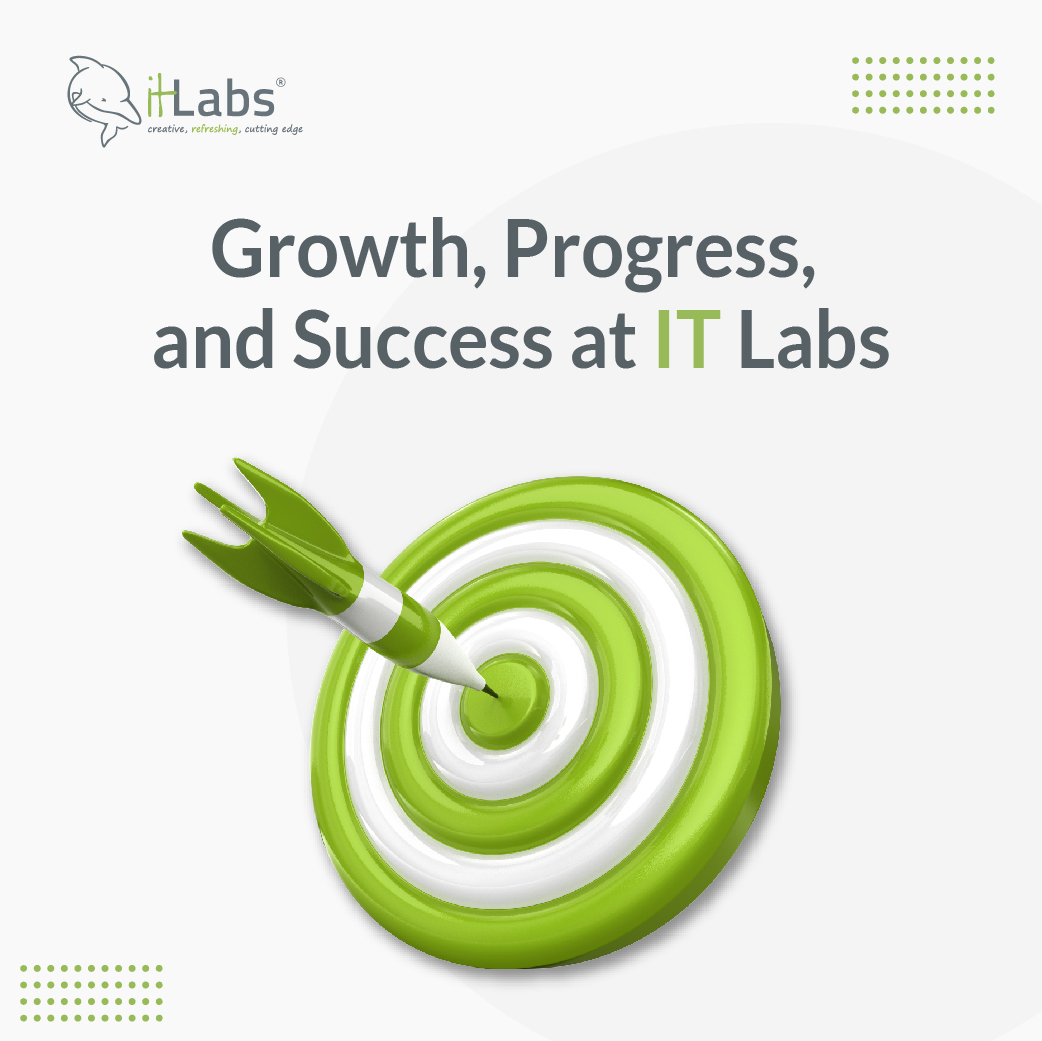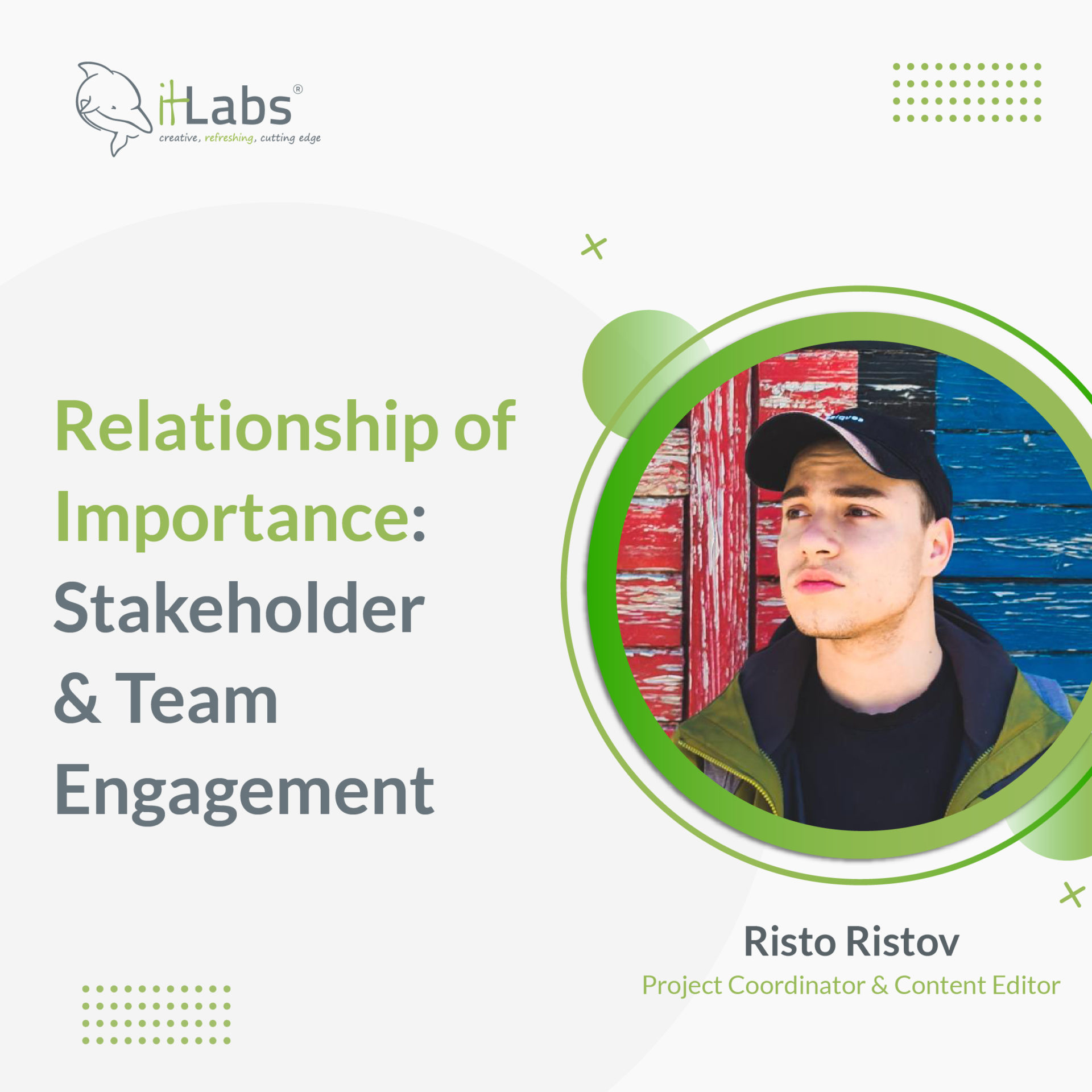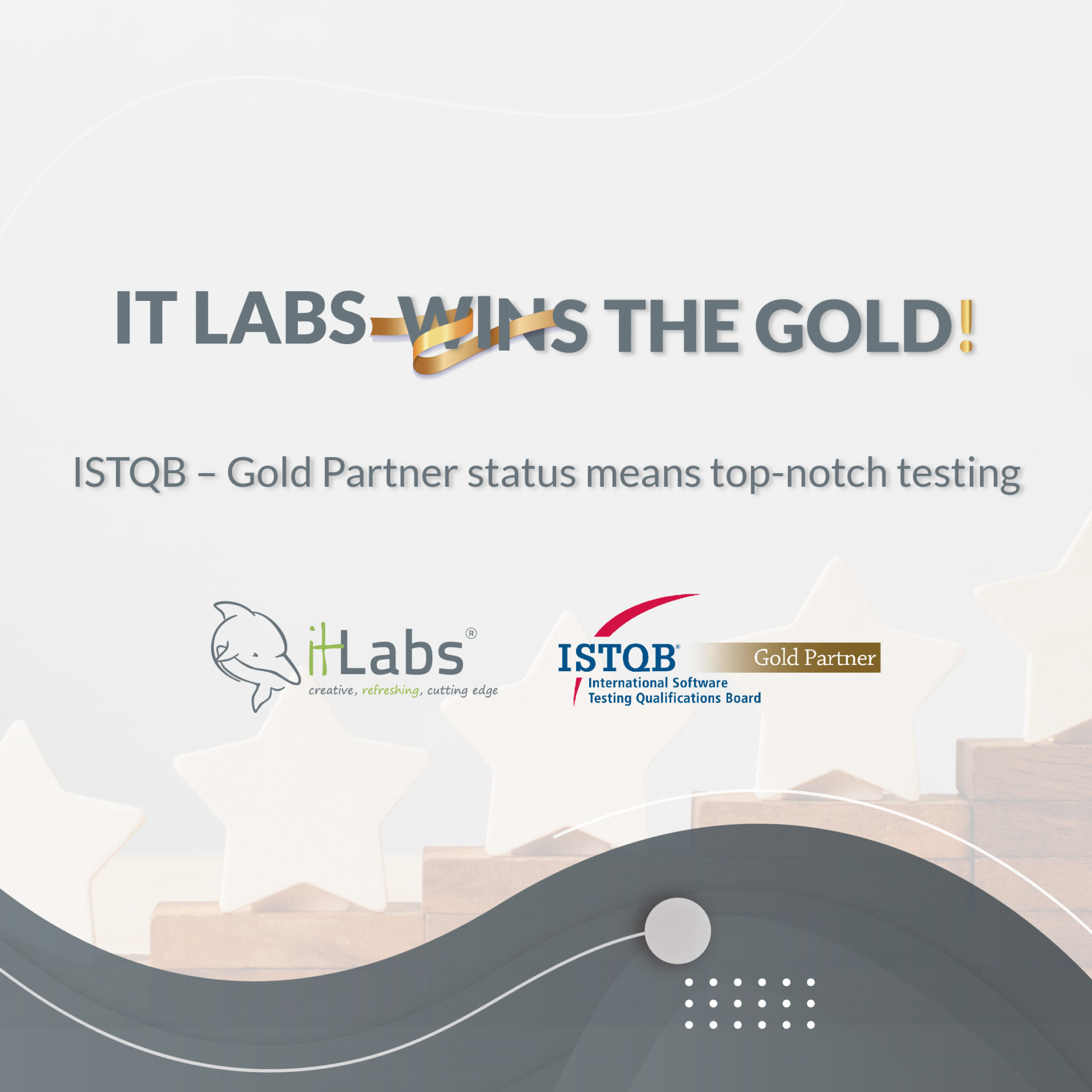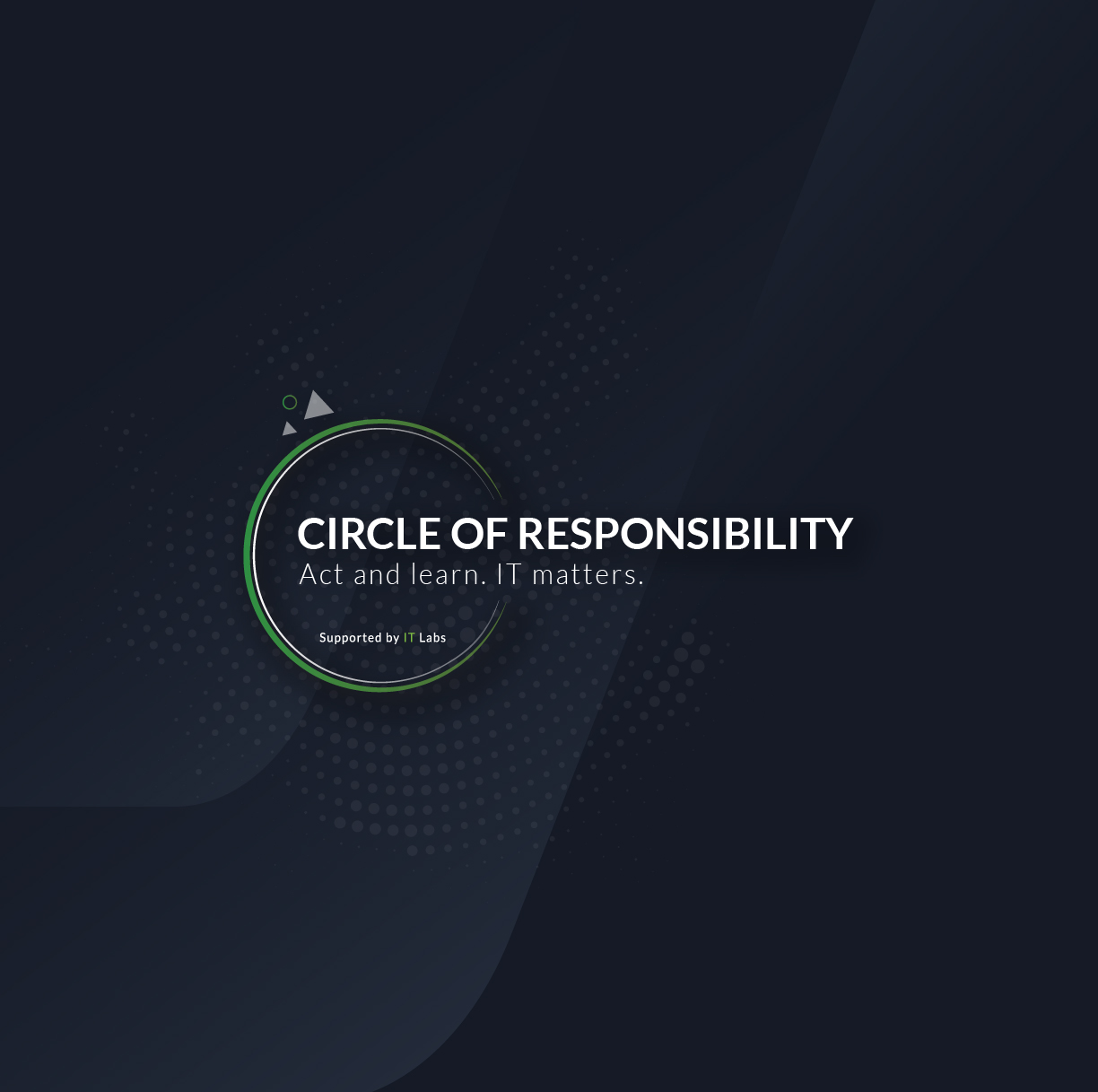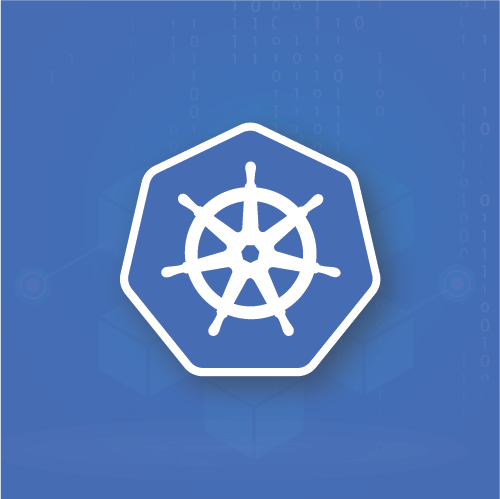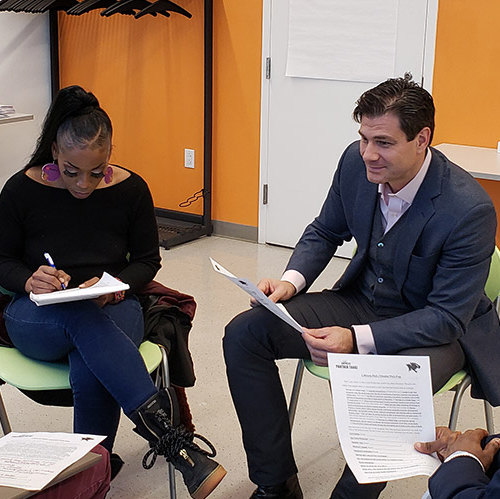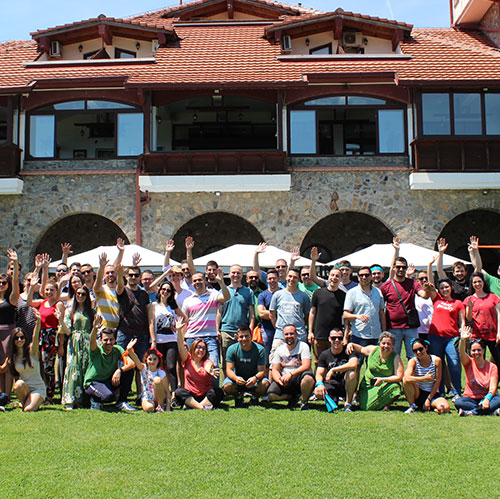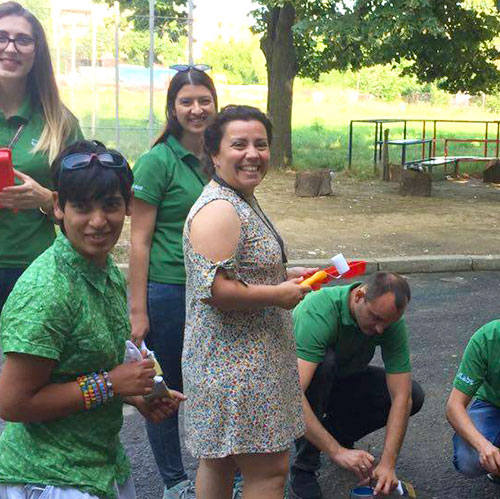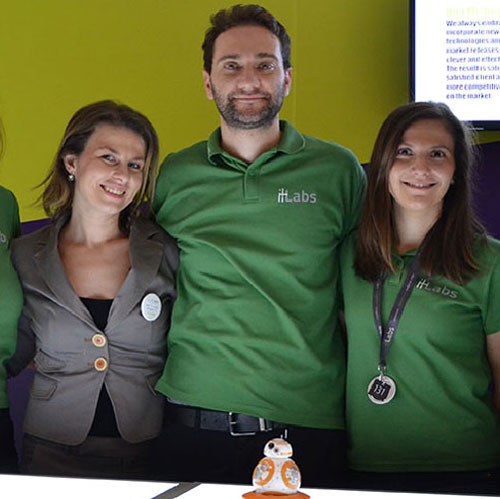The tech industry evolves rapidly, and CTOs must lead their teams through these changes, often requiring quick adaptations in skills, tools, and processes. It is a tough gig. I often see CTOs like time lords (reference to the main character in the famous “Dr Who” series). You not only have to deal with the past (legacy), but there is also the future (new innovations) and the most important moment, the here and now. It is a lot to navigate, and this comes up often in my tech leader conversations.
Handling the challenge of rapid changes in the tech world can sometimes be the make or break for a company and for teams.
The challenge of dealing with rapid technological changes
As we delve into the intricacies of this challenge, it becomes apparent that it encompasses several daunting aspects, each presenting its own set of hurdles to overcome.
Continuous Adaptation
In the dynamic landscape of technology, where innovations emerge at an unprecedented pace, the need for continuous adaptation is paramount. CTOs and their teams must remain agile, ready to evolve their skills, tools, and processes to stay ahead of the curve. This entails fostering a culture of lifelong learning, where team members are encouraged to embrace new technologies, acquire new skills, and adapt their workflows to meet evolving demands. By prioritizing continuous adaptation, CTOs ensure that their teams remain resilient and responsive to the ever-changing technological landscape.

Navigating Legacy and Innovation
Navigating the delicate balance between legacy systems and innovation is a challenge that CTOs must confront head-on. While legacy systems may be deeply ingrained within an organization, inhibiting agility and scalability, embracing new innovations is essential for driving progress and maintaining competitiveness. CTOs must carefully assess legacy systems, identifying opportunities for modernization and integration with innovative technologies. This requires strategic planning, effective communication, and meticulous execution to ensure seamless transitions and integration. By striking the right balance between addressing legacy systems and embracing innovation, CTOs empower their teams to leverage the best of both worlds, driving efficiency, and innovation.
Information Overload
In an era characterized by an abundance of information, staying informed about the latest technological trends and advancements can be overwhelming for CTOs and their teams. The sheer volume of information available can lead to information overload, making it challenging to discern relevant insights from the noise. To mitigate this challenge, CTOs must adopt a discerning approach to information consumption, prioritizing sources that provide valuable and actionable insights. Additionally, leveraging tools and technologies such as data analytics and machine learning can help streamline the process of gathering, analyzing, and synthesizing information. By empowering their teams with the right tools and resources, CTOs enable them to navigate the vast sea of information effectively, minimizing the risk of information overload and potential blind spots.
Maintaining Team Morale
Constant changes and the pressure to keep up with the latest technologies can take a toll on team morale and productivity. As CTOs lead their teams through the challenges of rapid technological changes, it’s essential to prioritize the well-being and morale of team members. This involves fostering a supportive and inclusive work environment where team members feel valued, empowered, and motivated to succeed. CTOs can nurture team morale by providing opportunities for professional growth and development, recognizing and celebrating achievements, and fostering open communication and collaboration. By investing in their team’s well-being, CTOs cultivate a positive and resilient culture that enables their teams to thrive amidst the demands of rapid technological changes.

How to stay ahead of the big tech development curve
So, what are the strategies for tech leaders to navigate rapid technological changes in the face of the relentless pace. Here are a few I feel would be good to focus on.
Embrace Agile Methodologies and Continuous Learning
Cultivating an Agile culture within the organization is paramount for adapting to the rapidly changing tech landscape. Agile methodologies such as Scrum or Kanban promote flexibility, iterative development, and responsiveness to change, enabling teams to deliver value to customers more efficiently. By embracing Agile principles, CTOs foster a collaborative environment where teams can adapt to evolving requirements and address challenges in a timely manner. Additionally, encouraging continuous learning among team members is essential for staying ahead in the tech industry. Providing opportunities for online courses, industry events, and knowledge sharing sessions empowers team members to enhance their skills and stay abreast of emerging technologies. This commitment to continuous learning ensures that teams remain adaptable and equipped to tackle new challenges as they arise.
Stay Proactively Informed
Maintaining a proactive stance in seeking out the latest information and insights in the tech world is critical for CTOs to effectively lead their teams. Actively monitoring industry news, participating in relevant forums and communities, and engaging with thought leaders allows CTOs to anticipate changes and trends. By staying informed about technological advancements, CTOs can make informed decisions and proactively prepare their teams for upcoming challenges. Additionally, dedicating time to researching and studying emerging technologies enables CTOs to identify opportunities for innovation and growth within their organization. This proactive approach ensures that teams remain competitive and future-ready in the ever-evolving tech landscape.
Encourage Open Dialogue
Fostering an environment of open dialogue within tech teams is essential for promoting collaboration and innovation. By encouraging discussions about industry changes and technological advancements, CTOs create a space where team members can share insights, express concerns, and propose solutions collaboratively. Regular team meetings and brainstorming sessions provide opportunities for team members to voice their opinions and contribute to the collective knowledge of the team. Furthermore, creating platforms and tools that facilitate communication and collaboration, such as chat channels and virtual whiteboards, enables teams to harness their collective intelligence effectively. This culture of open dialogue and collaboration empowers teams to tackle challenges more efficiently and drive continuous improvement.
Takeaway
As the tech landscape continues to evolve at a rapid pace, CTOs and their teams face multifaceted challenges that demand innovative solutions. Embracing Agile methodologies and a culture of continuous learning fosters adaptability and resilience, empowering teams to navigate change with agility. By proactively seeking out insights and trends, CTOs position their teams for success in a dynamic environment, driving innovation and growth. Furthermore, fostering open dialogue and collaboration cultivates a culture of creativity and problem-solving, enabling teams to thrive amidst uncertainty. Together, these strategies equip CTOs and their teams to embrace the challenges of rapid technological changes, charting a course for continued excellence and achievement in the ever-evolving tech landscape. everyone informed but also helps in collectively navigating the challenges and opportunities presented by new technologies.
By implementing these strategies, tech leaders reduce their blind spots and can effectively guide their teams through the complexities of rapid technological changes, ensuring agility, preparedness, and continued growth in an ever-evolving tech landscape.


Author




























